The National Parks in Europe don’t get nearly the attention that the parks in the USA and Canada get.
And I think this is a shame because there are so many unique and beautiful parks in Europe.
I wrote a post on a few National Parks in Europe a few years ago.
So now I want to add to that list.
And it’s my hope, that as you travel to Europe, you’ll think about visiting one of the national parks.
Are you ready to explore?
Lomsdal-Visten National Park — Norway
It’s not surprising that Norway has 47 national parks.
Yup. 47.
Lomsdal-Visten is located in Nordland County and is a bit northeast of Lysfjord.
It would actually make a fabulous place to stop between the fjords around Bergen and the town of Tromso.
This national park in Europe is 1102 square km so it’s a good-sized park.
What I like about it is that it has a little something for everyone.
There are mountains, valleys, forests, caves, fjords, rivers, lakes and even some coastal areas.
And Lomsdal-Visten is located in the Jillen-Njaarke reindeer grazing district, so it’s a wonderful place to see reindeer at any time of year.
While this is definitely not a place for beginner hikers, there are a few easy walks that are on the outskirts of the park.
Lomsdal-Visten is definitely a destination for those who want something a bit more wild and remote.
You’ll also find some intriguing culture here as the Sami people have been here for a very long time.
I think this park looks stunning and it’s firmly on my Norway list.

Lomsdal–Visten National Park in Norway. Gorgeous! ©Martin Bekkelund via Flickr
Loch Lomond and The Trossachs National Park — Scotland
I spent a couple of days in this dazzling national park in Europe thanks to walking the West Highland Way in 2017.
It’s a beauty!
Loch Lomond & The Trossachs is home to Loch Lomond which is gorgeous and you may know of.
But there are other lakes such as Loch Ard and Loch Katrine.
This park is the home to Ben Lomond, and 20 other Munros or peaks.
There are small hills as well that have some fabulous views like Conic Hill.
You’ll find some lovely forests as well.
You can walk, hike, cycle, fish, or get out on one of the lakes on a boat or in a kayak — or perhaps you’re up for sail boarding.
There are loads of spots to camp — both in campgrounds or in the wild.
Whew!
That’s a lot to do.
The great thing about Loch Lomond & The Trossachs is that it’s quite accessible for most anyone, yet there are spots where you can find yourself completely alone.
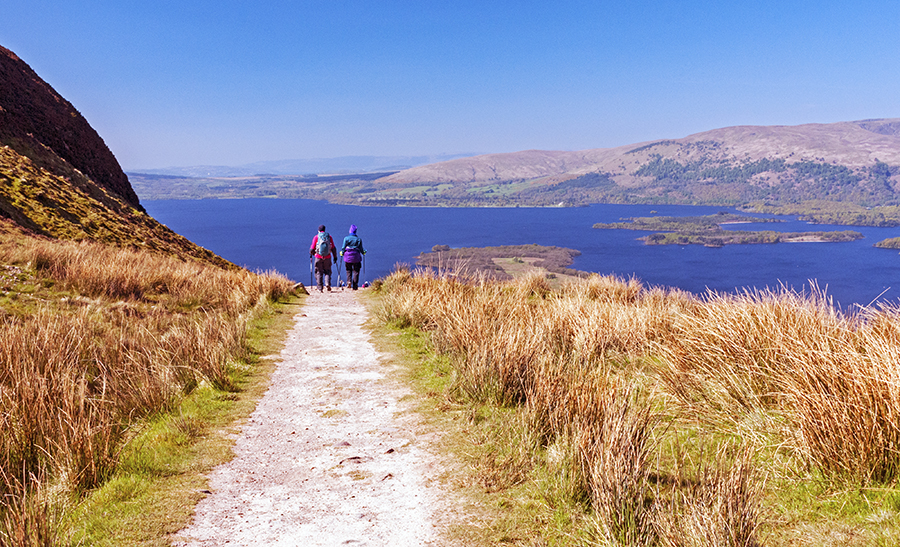
Loch Lomond & The Trossachs National Park by Conic Hill. This is a large and stunning park that you really should experience.
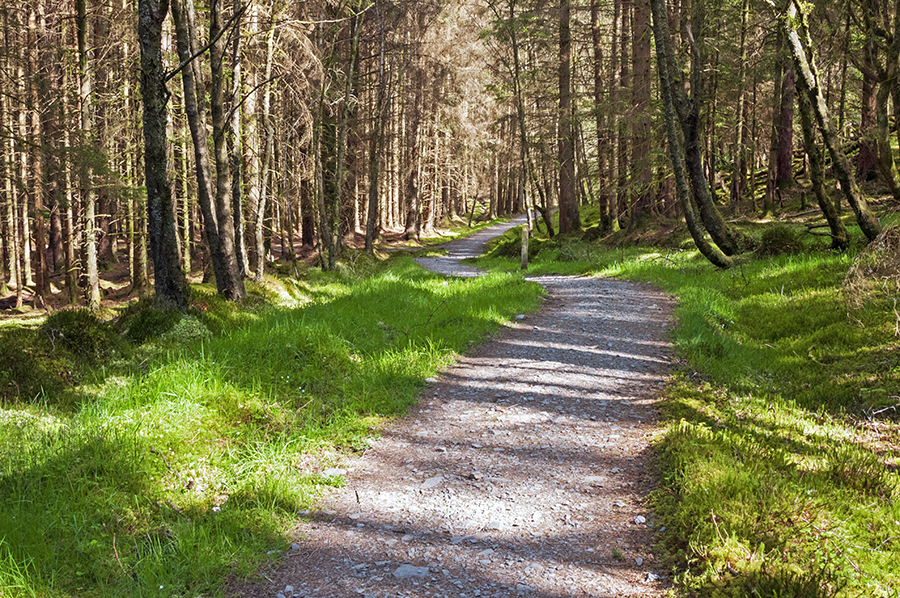
A lovely forested area of the West Highland Way that wends its way through Loch Lomond & The Trossachs National Park.
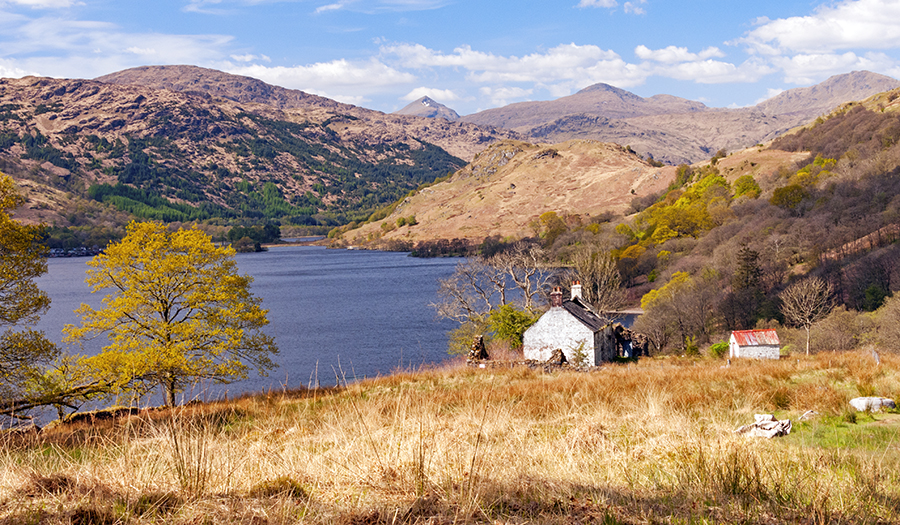
The north end of Loch Lomond but the park stretches further north…and it’s all beautiful!
Triglav National Park — Slovenia
This is the park I’ll be spending some time in on my upcoming travels.
And I can’t wait.
Triglav is the only national park in Slovenia but it’s a stunner!
Mount Triglav is the highest peak of the Julian Alps and this peak sits right about in the center of the park that comprises approximately 880 square km.
There’s a wonderful diversity in Triglav with mountains, forests, rivers, high alpine meadows, gorges, alpine lakes and peaty bogs.
Plus there are all kinds of critters such as marmot, red deer, chamois and the alpine ibex.
Add in some beautiful wildflowers such as the Triglav Rose and the Clusius’ Gentian and I am so ready to explore this park.
There are trails for every fitness and skill level and yes, you can climb up Triglav which typically is a 2 to 3 day hike and not a simple trail up a mountain.
So if you want to tackle it, use a guide as it’s the safest and best way to go.
I’m guessing that after I experience this park, I’m going to tell you that Triglav is one of the best national parks in Europe.

Triglav National Park. What a stunning park! ©Oleg Brovko via Flickr
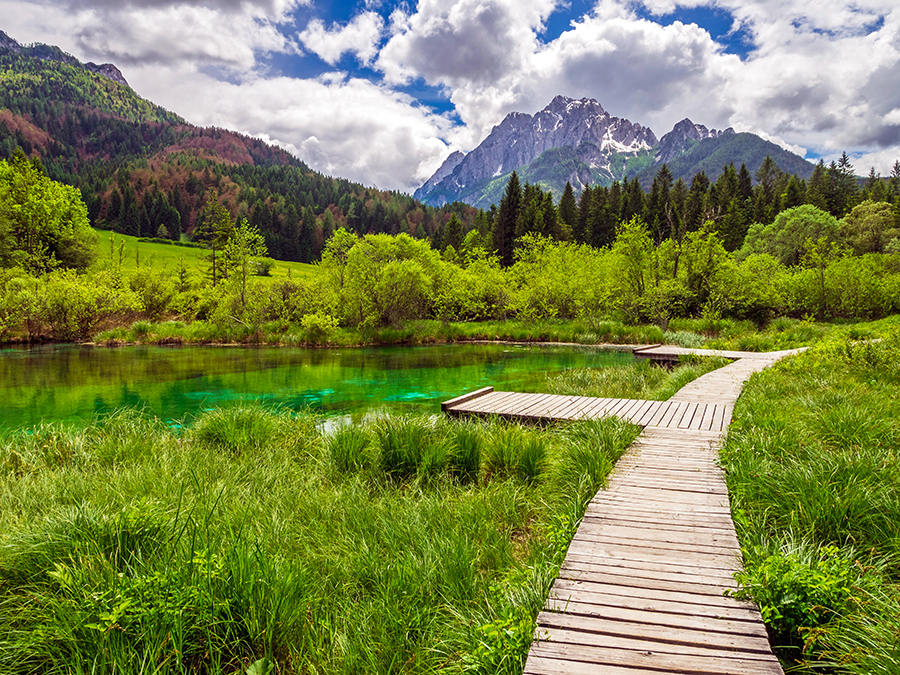
Triglav National Park in Slovenia. I can’t wait to spend some time here! Photo courtesy of Pixabay.
Gargano National Park — Italy
So if look at the map of Italy and look south you’ll notice a kind of spur around the heel of the boot.
See it?
Well most of that is Parco Nazionale del Gargano — Gargano National Park.
This is one of those national parks in Europe that takes in some coastline.
It looks amazing!
Gargano is quite large at 1211 square km, but this is because it takes in the Tremti islands which lie off the coast.
There’s an incredible forest here with trees, flowers — including 61 different types of orchids — and other plant life as well as a good array of wildlife.
In fact the Forest Umbra — one of the greatest Italian forests — is located in this very special national park.
As you might imagine, the coastline sees a lot of sea birds and other marine life.
One of the coolest features of Gargano is all it’s caves — both inland and along the coast.
There are about 600 land caves — 52 of which were inhabited in prehistoric times — and about 125 sea caves.
You’ll find sea cliffs and beaches as well as you explore the coast.
This is one of Italy’s richest areas.
And I’d say, it’s one of the most diverse national parks in Europe.
Put it on your list!
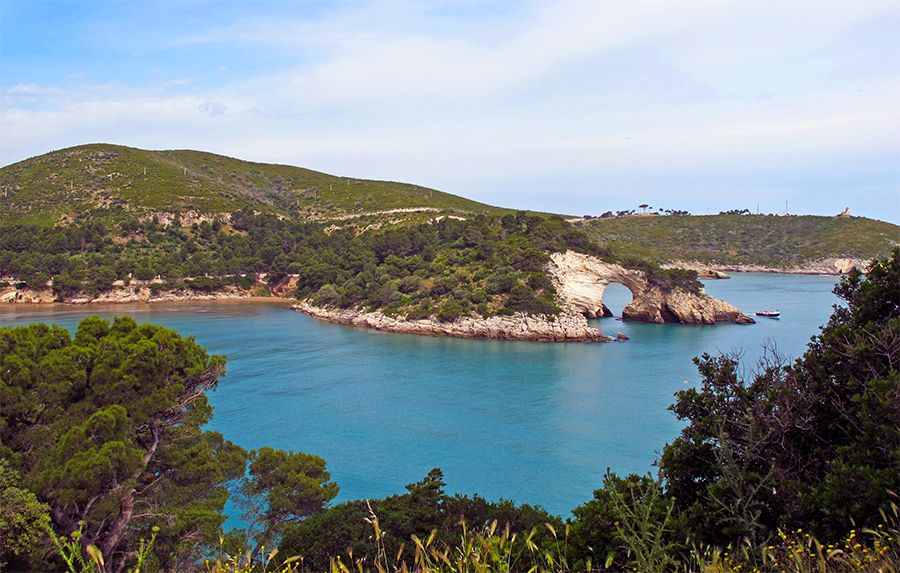
The coastline of Gargano National Park. How spectacular is this? Photo courtesy of Pixabay
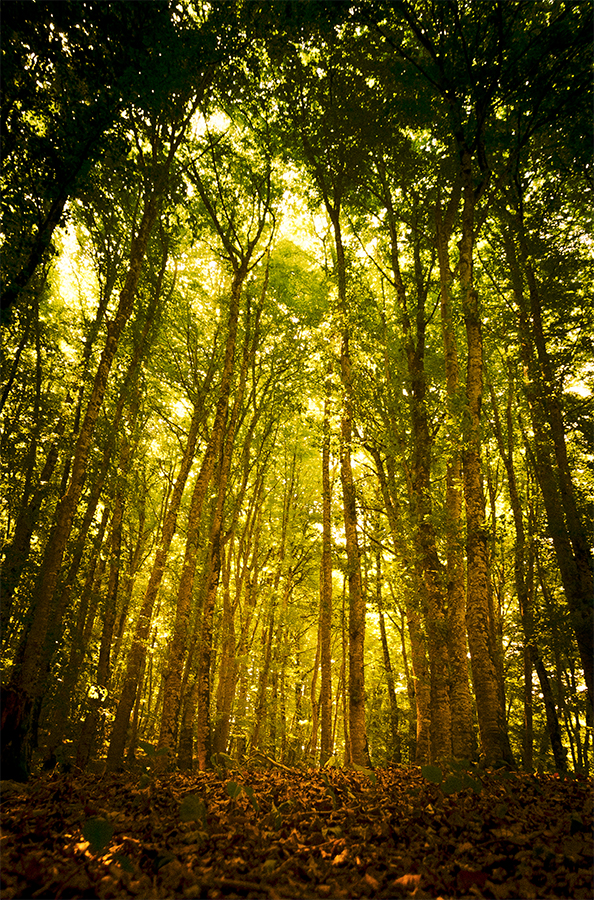
The Forest Umbra in Gargano National Park. Eerily beautiful! ©Cristian Roberti via Flickr
Tatra National Park — Slovakia
When I make it to this part of Europe (which I hope is in the very near future), I think the Tatra Mountains will be the first place I’ll visit.
This park — which crosses over into southern Poland — looks dazzling.
The highest peak in Slovakia at 2655m — Gerlachovský štít — sits in this park.
And all these other mountains — the Western Tatras and the Eastern Tatras — are part of the greater Carpathian Mountains.
They’re magnificent!
You’ll also find lakes, rivers and streams, caves, waterfalls, forests (mostly pine and spruce) and lots of wildlife and wildflowers.
There are 600km of hiking trails and 16 designated biking trails.
And you can enjoy some winter sports such as skiing, snowboarding, snowshoeing and cross county skiing in certain parts of the park when the snow flies.
I’ve become enamored with this national park in Europe.
If you’ve been, I’d really love to hear from you!
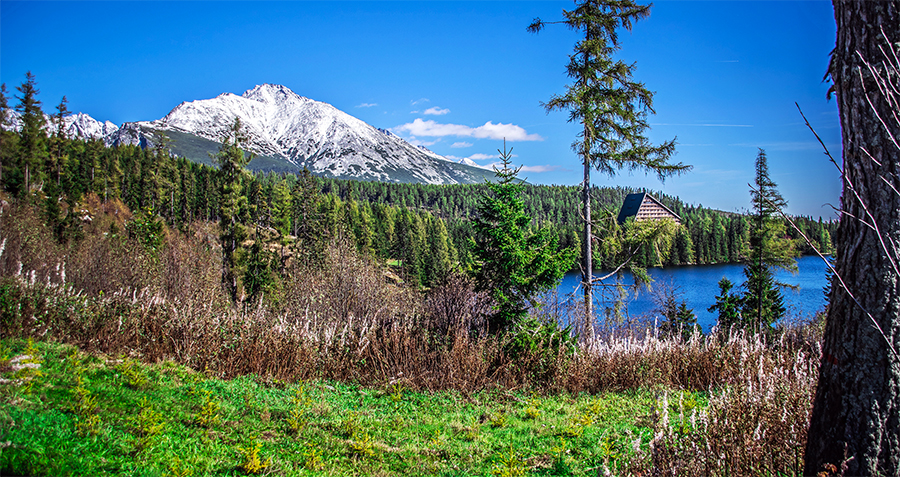
Štrbské pleso (the lake) in Tatra National Park. Wow! I’d love to visit this national park. Photo courtesy of Pixabay
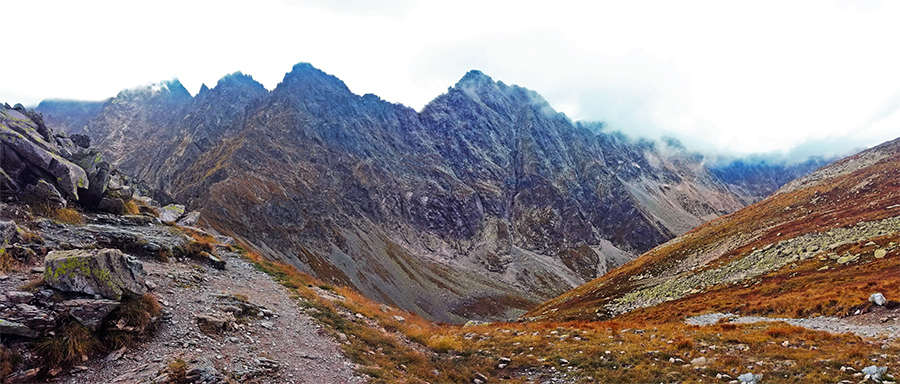
The majestic peaks of Tatra National Park. Photo courtesy of Pixabay
Glenveagh National Park — Ireland
Located in northern County Donegal, Glenveagh is one of my favorite national parks in Europe — probably because it’s in one of my favorite parts of Ireland.
This park is the second largest in Ireland consisting of 170 square km.
While most visitors head for the castle and its gardens that sit along the shores of Lough Veagh, there is more to this park.
Glenveagh has some wonderful, easy walks along the shores of the lake as well as a couple of slightly more challenging, yet not very difficult, trails that wend their way up through some of the Derryveagh Mountains
These mountains — hills to someone like me who spent 15 years in Colorado — are beautiful as is Lough Veagh.
There’s also a trail up to Lough Inshagh that is a beauty.
It takes you up into a more open area where the bogland is surrounded by the mountains and where you may spot red deer or golden eagles flying overhead.
And if you want to spend some time touring the castle and its gardens, you can do that as well.
I really love this park because it’s accessible and truly can accommodate anyone — no matter your fitness level, your age or your interests.
Plus, it’s just stunning!
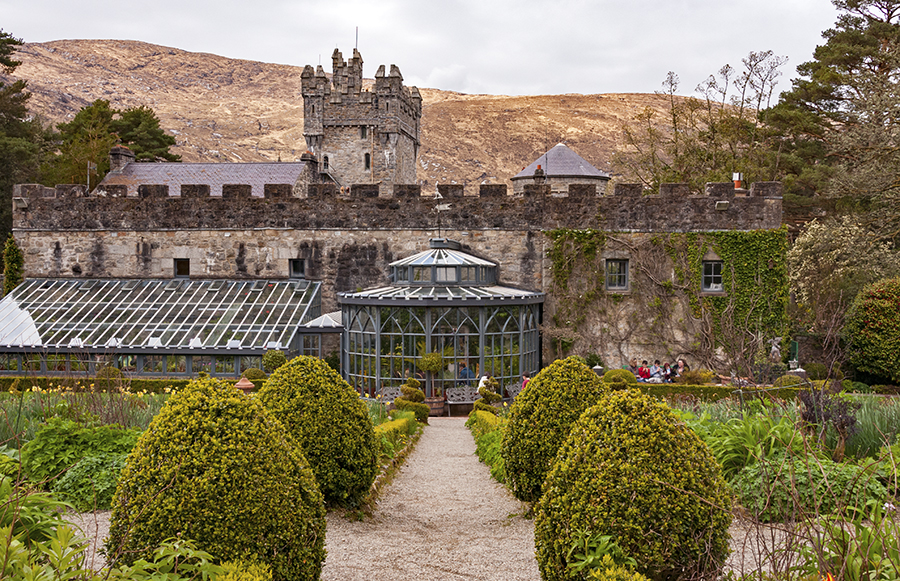
Castle and gardens at Glenveagh National Park. Many people only come for this part of the park. But go see more!
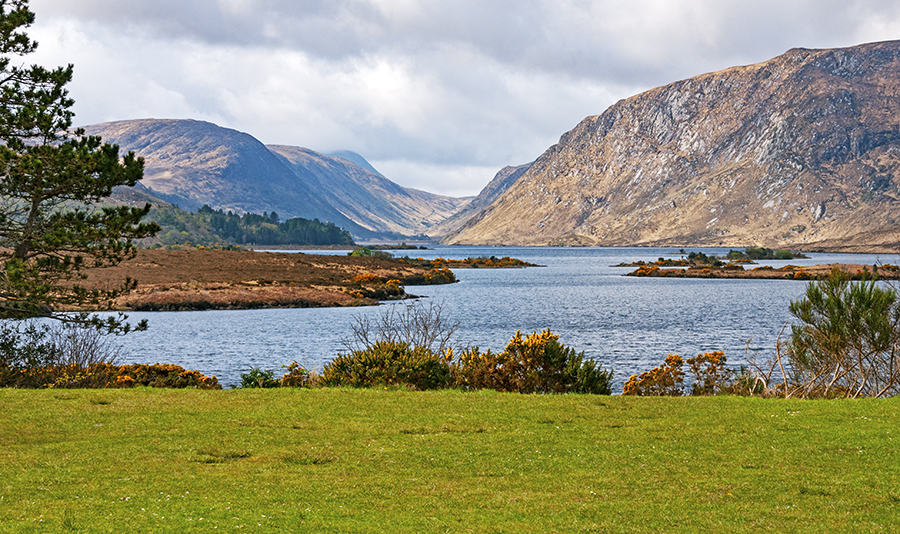
The gorgeous Glenveagh National Park in County Donegal. I love this park!
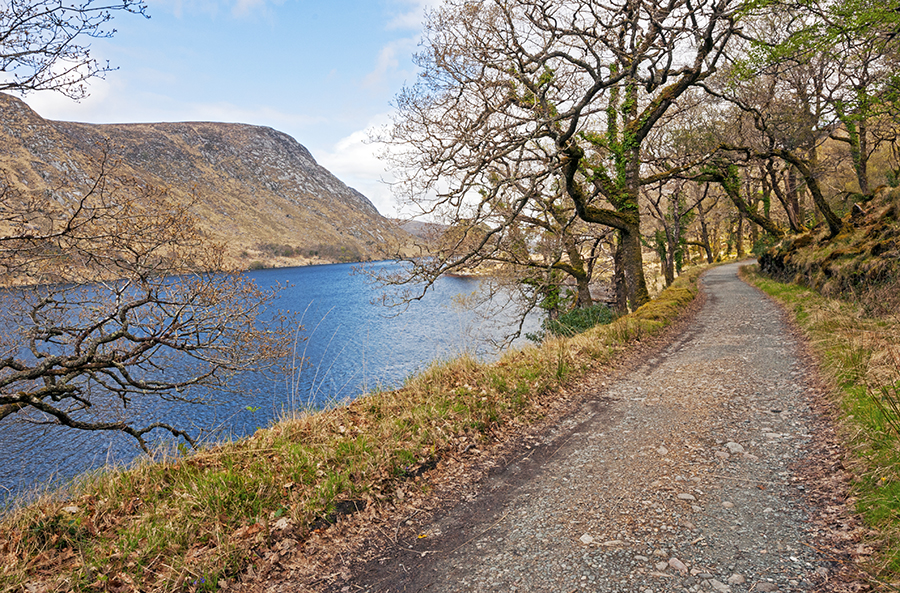
The trail along Lough Veagh is an easy walk from the castle but very picturesque.
Parque Nacional de las Islas Atlánticas de Galicia —Spain
The Atlantic Islands of Galicia is another national park in Europe that includes the sea.
It’s smaller than many of the others on this list at 85 square km.
This tentative (fingers crossed) UNESCO site is comprised of the Cíes Islands and the islands of Ons, Sálvora and Cortegada.
There are over 200 kinds of seaweed on the Atlantic Islands of Galicia and a fabulous array of shellfish, corals and anemone.
Parque Nacional de las Islas Atlánticas de Galicia has loads of sea birds and you’ll find some breeding grounds here for them.
You may spot whales, orcas and dolphins and basking sharks are sometimes — although rarely — seen.
You’ll find some gorgeous beaches on these islands as well as lighthouses such as the one on Monte Faro promontory on the Cíes Islands and there is one on Ons.
There are some towns on the islands that do have services including accommodation and restaurants.
You can get to the islands from the mainland.
To get to Cíes you can depart from Vigo, Baiona or Cangas.
If you want to visit Ons, you’ll leave from Portonovo, Sanxenxo, Bueu or Marín.
While you can get to Cortegada, you must go with a guide.
Sálvora has no transport service by sea as it has restricted access to it.
Atlantic Islands of Galicia is the place to go if you want to spend some tranquil time by the sea.
I’ve put it on my list.
It looks stunning!
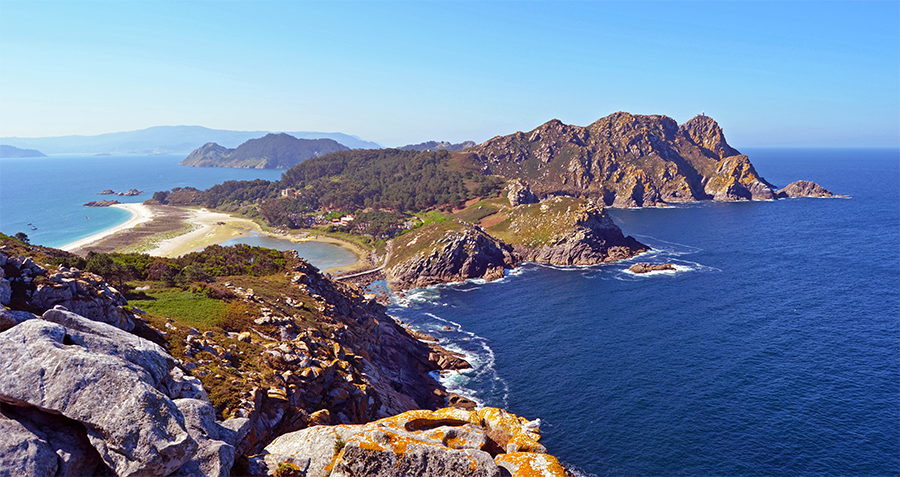
Views from up high on Cíes Island, one of the islands of the Atlantic Islands of Galicia National Park. Wow!
©Pedro via Flickr
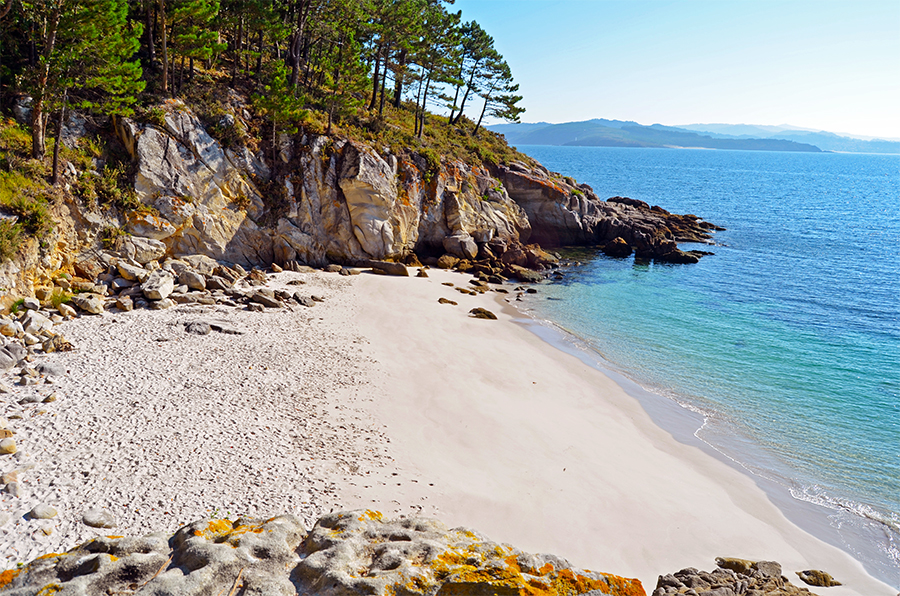
Beach on Cíes Island. How’d you like to spend some time on that beach? ©Pedro via Flickr
Have you heard of some of these national parks in Europe?
You may have heard of a couple of these.
Or maybe you know all of them or perhaps you’re not familiar with any of them.
Regardless, I do hope you think about visiting a national park on your next trip to Europe.
Remember that Europe is not all about cities and historic sites — although there are some fabulous cities and some intriguing historical sites.
As you can tell, Europe has some amazingly beautiful and diverse natural landscapes.
So spend some time in nature on that trip to Europe.
You won’t regret it!
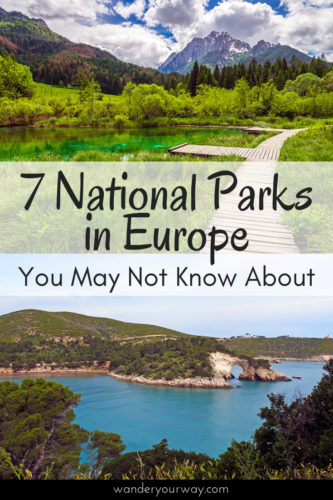








Wow! You’re exactly right! I didn’t know about any of these! I’m so glad I do now though. Glenveagh National Park looks beautiful. This is definitely on my list for the next time I visit Ireland.
Glenveagh is really beautiful. You should definitely go!
What a list!!
I just had to carry my computer over to my husband to show him those photos of Scotland and Slovenia, I mean I neeeed to go and hike there!! We live in Canada at the moment, but it’s given us a taste for national parks. We’ll need to visit loads more once we move back to Europe!
Haha! Yup, loads of national parks in Europe too!
Such a great list. I have to visit Norway, heard great things about it and now I’m convinced with your post to their national parks!
Thanks for sharing this
I have to visit Norway too Mayuri. It looks so beautiful and they do have so many parks to explore.
Had no idea about these parks in Europe! Now I want to go and explore some. Slovenia looks really beautiful! Thanks for sharing this article!
Thanks, Lori. There are so many parks throughout Europe that need to be explored.
Great list! I went to Slovenia but missed this park. Oops, guess I’ll just have to go back!
We always find reasons to return to places we love!